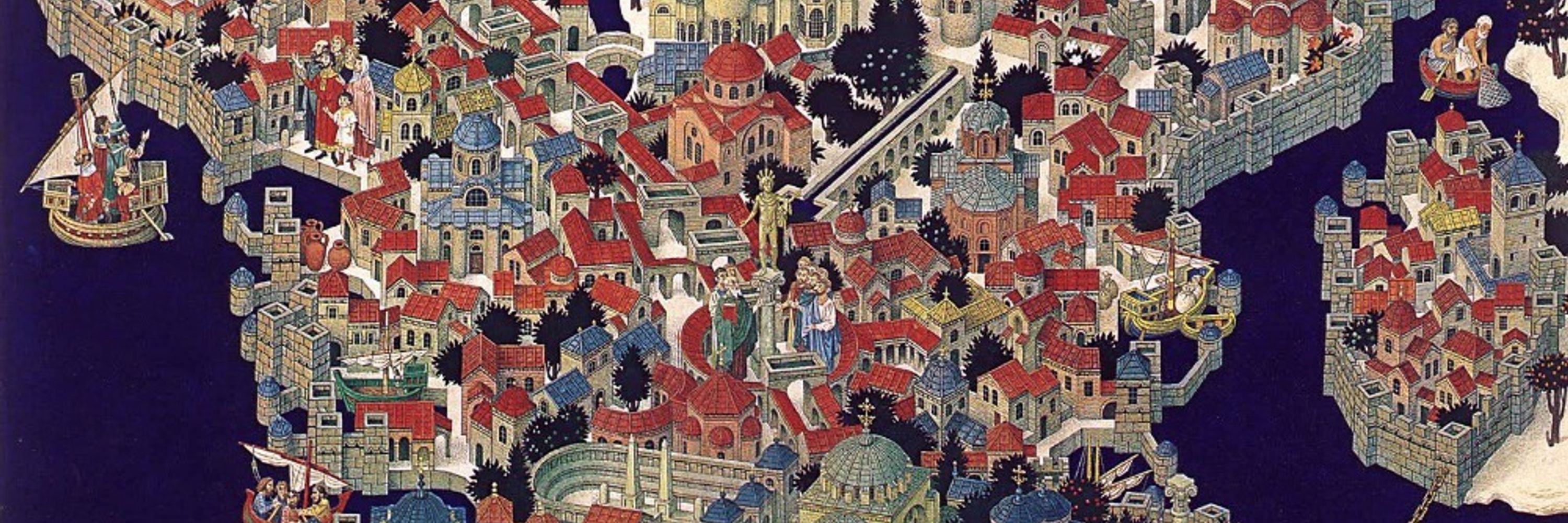The Byzantine Legacy
@thebyzantinelegacy.bsky.social
2.5K followers
250 following
750 posts
Art, architecture, and history from Late Antique, Early Christian, and the Byzantine eras
Posts
Media
Videos
Starter Packs

































